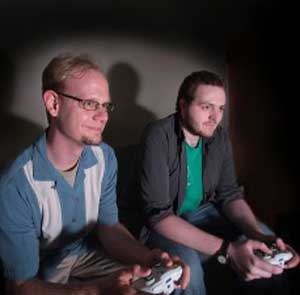Virtual reality offers tantalizing hope as a way to relieve the anguish of physical and mental stress. For those dealing with acute pain, it can form a distraction for the mind. And for those suffering from trauma, it helps relieve triggering situations in a supported way.
Won, assistant professor of communication at Cornell University, directs the Virtual Embodiment Lab, exploring how physical and social interactions in mediated environments affect people’s perceptions. “I’m interested in the idea that you can transform your movements – see yourself doing something other than what you’re actually doing in real life – and this could help relieve chronic and acute pain,” says Won.
Won’s research on chronic pain has examined two types of afflictions: complex regional pain syndrome, an uncommon form of chronic pain that typically develops after an injury, surgery, stroke or heart attack but that is out of proportion to the severity of the initial injury; and persistent idiopathic facial pain, a similar condition that occurs in the face.
Both of these maladies could be addressed by giving patients what they would receive under normal conditions: visual feedback on their actions. Using virtual reality, patients can see themselves moving in ways they can’t in real life, and their brains use that feedback to recreate their body image. According to Won, this “bogus” visual feedback can effectively change the way people with chronic conditions move. By tricking the brain with virtual experiences, the results could prompt lasting relief in the real world.
Virtual reality treatments for pain intervention, trauma, and post-traumatic stress disorder have proven to be successful. Together with increasingly accessible technology and lower price tags, that success has inspired more researchers to explore ways to treat myriad conditions.
“For better or worse, our experiences change us,” says Won. “As virtual reality becomes a more common experience, there are more opportunities to use the technology to benefit our health.”


















Related Items
Indian matrimony, A sacred bond or an entertaining reality show!
The Illusion of Greenery: Paper Trees and Ground Reality!
Check the ground reality before becoming ‘Vishwa Guru’